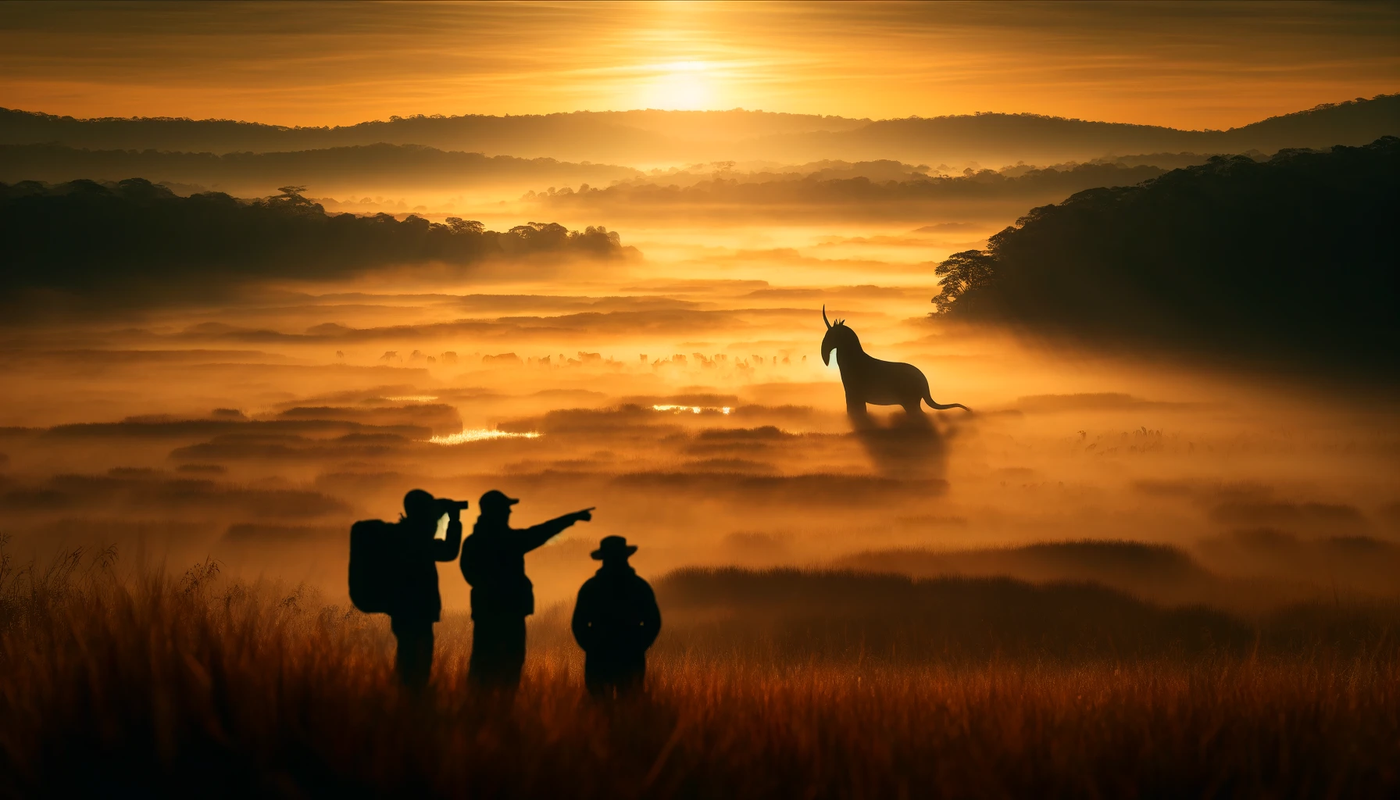Isn't nature just full of surprises? Just when you think you've seen it all, along comes a story from Assam that lights up the eyes of those who hold a torch for wildlife and its conservation. Picture this: the lush, vibrant expanse of Kaziranga National Park and Tiger Reserve, already a tapestry of life, has just revealed more of its hidden jewels. Two species, previously unseen within the park's boundaries, have now stepped into the limelight, much to the delight of animal lovers and guardians of nature. This discovery isn't just a win for the park; it's a testament to the tireless work of conservationists and researchers who believe in the unseen and strive to uncover it.
Chirantanu Saikia, not just any tour guide but a passionate advocate for the wild, wielding his camera with the skill of a painter, brought us the first glimpse of the binturong, or bearcat, as it's fondly called. Meanwhile, the small-clawed otter, a creature of delicate grace and agility, was captured in the lens by none other than Arun Vignesh, the Divisional Forest Officer of Eastern Assam Wildlife. These captures aren't just photographs; they're windows to the soul of Kaziranga, offering a peek into the lives of its elusive residents.
Dive a little deeper, and you'll find the binturong, a creature of the night, a phantom in the dense foliage of South and Southeast Asia's forests. This species, with its bear-like face and cat-like body, prowls the canopies, a sight to behold yet seldom seen. India's northeast has been its sanctuary, a place where it whispers tales of mystery to those who listen. But the binturong's whispers are growing faint, with threats looming over its home and kin.
On a chilly morning in January 2024, amidst the rugged beauty of Kaziranga's Burapahar range, Saikia's eyes met with a sight both rare and bewildering—a binturong perched on a tree, in a moment shared between man and wild. Such encounters are reminders of our planet's wonders and the mysteries that await our curiosity and care.
Parallelly, the story of the small-clawed otter unfolds a narrative of resilience and beauty. The smallest of its kind yet vast in spirit, this otter traverses lands from India to Southeast Asia, its home amidst the tranquilly of protected areas. Its presence in Kaziranga opens chapters of hope for conservation, illustrating the park's role as a haven for diverse species. The otter's diet, a symphony of fish, crustaceans, and aquatic delights, mirrors the interconnectedness of ecosystems, where every life form plays a pivotal role.
Both the binturong and the small-clawed otter, now cast in the spotlight, carry the banner of Kaziranga's untold stories. Their discovery is a clarion call for conservation, a reminder of the battles fought and won in the name of preserving our world's natural heritage. As they take their place under Schedule I of the Wildlife Protection Act of 1972, their tales weave into the larger narrative of Kaziranga, a narrative of resilience, wonder, and hope for the future.
This revelation from Assam is a beacon for wildlife enthusiasts and conservationists worldwide, showcasing the critical importance of continuous exploration and protection efforts. It reiterates the park's status as a biodiversity hotspot and underscores the imperative to safeguard these natural treasures. As we marvel at these discoveries, let's pledge to support and amplify efforts that keep the world wild, wonderfully unpredictable, and forever free.








